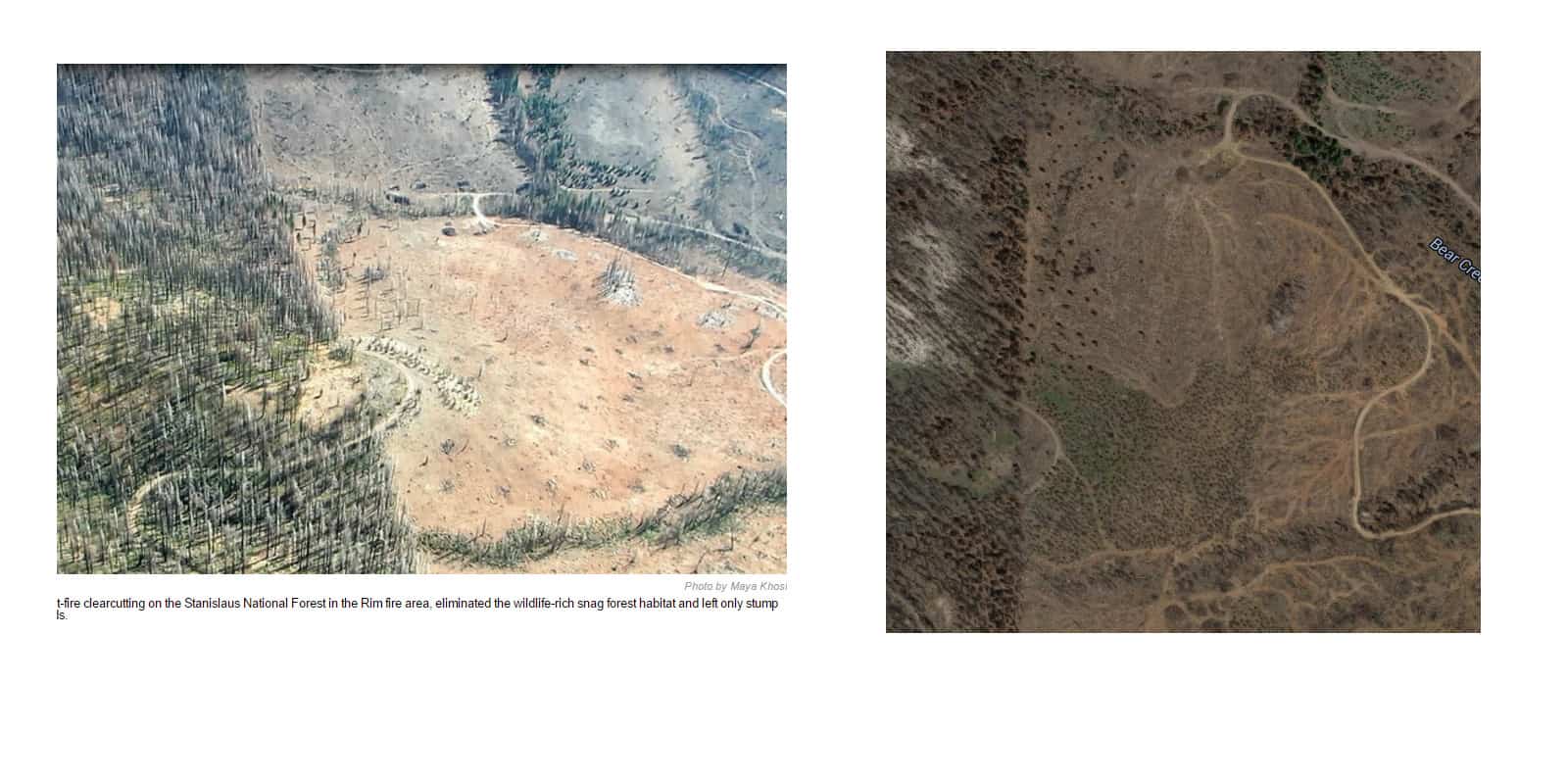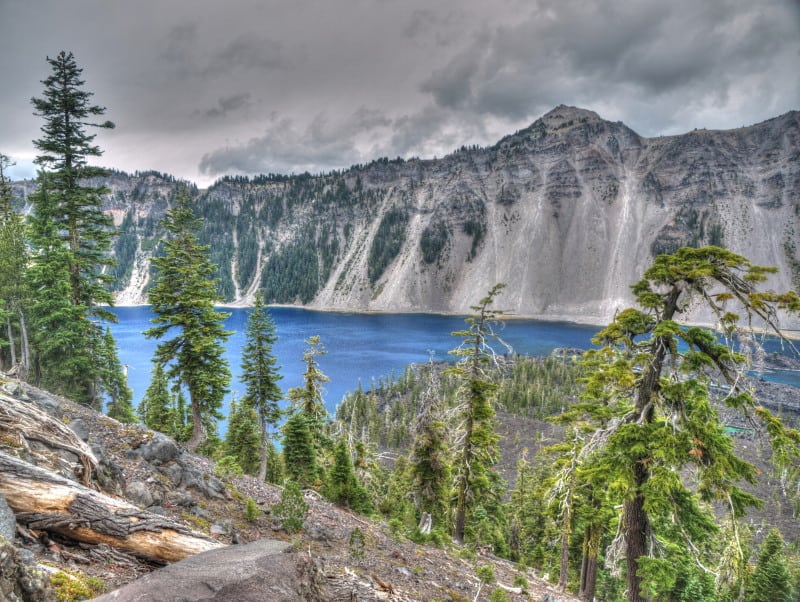Yesterday, the Center for Biological Diversity shared its displeasure with pending timber sales on the Klamath National Forest. It also cited a previous letter from the FWS making recommendations regarding the same project. Together they point out the importance of forest planning to recovery of listed species.
Under the Endangered Species Act, each proposed project must only be reviewed against a criterion that prohibits actions that are likely to jeopardize the continued existence of the species. However, ESA also requires all federal agencies to carry out programs for the conservation of listed species. “Conservation” under ESA means to use all methods and procedures that are necessary to recovery of listed species. Under the 2012 Planning Rule, forest plans must contribute to recovery of listed species.
In its earlier letter, the FWS recommends conservation measures that would contribute to spotted owl recovery. While directed towards this particular project, such measures need to be given serious consideration as means to meet the recovery obligations of forest plans. Some key messages in the letter:
“Given the spotted owl’s current population trend, the 2011 Revised Recovery Plan for the Northern Spotted Owl (link omitted) calls for retaining existing spotted owls on the landscape to the greatest possible extent throughout the species’ range.”
“Our overarching recommendation is for land managers to use the full suite of management tools (e.g., mechanical treatments, prescribed burning, let-bum policies, etc.) to ‘move’ forest landscapes to fire regimes that are more characteristic and natural consistent with the ecological setting.”
“Low, moderate and, in some cases, high-severity fires maintain habitat conditions conducive for spotted owls, and we recommend minimizing salvage or harvest activities in areas where spotted owls remain post-fire.”
“In general, most scientists agree that salvage logging does not contribute positively to the ecological recovery of naturally disturbed forests (citation omitted). In our experience many post-fire salvage projects tend to be more opportunistic than part of a larger-scale, proactive strategic planning effort to reduce fire spread and severity. Such a larger scale effort could include landscape level considerations for both fuel reduction and strategic fire breaks while incorporating considerations for spotted owls and other land management priorities. Recovery Action 12 in the Revised Recovery Plan recommends retaining post-disturbance legacy structures (such as large, dead tees, whether standing or down) in areas that are managed for spotted owl habitat because these features greatly improve the quality of the habitat as it recovers over time. It is important for action agencies to seek ways to implement important fuel reduction work without overutilizing salvage togging that can adversely affect the restoration of natural conditions.”
This is the kind of best available scientific information that the Forest Service must take into account when it revises forest plans for national forests with spotted owl habitat. It demonstrates that there is a need to change existing plans so that future projects are based on a broad-scale conservation strategy that reflects current scientific understanding of post-fire logging in spotted owl habitat. These recommendations could readily be translated into plan components that are needed in the forest plan to contribute to recovery of spotted owls.

